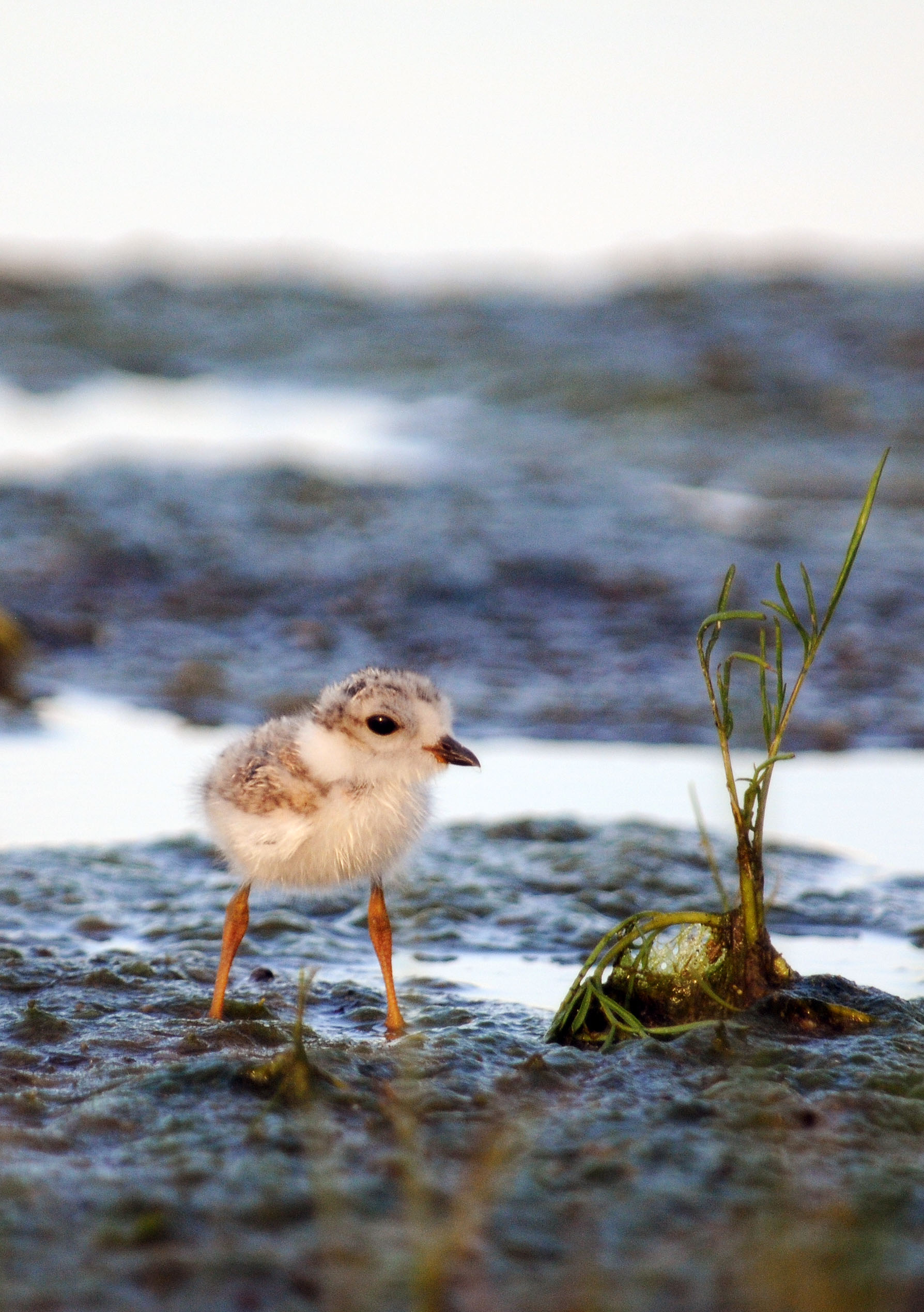
Spring is here and so are opportunities to view feathered guests as they pass through Nebraska during their annual spring migration. Read on for opportunities to view migrating birds in Nebraska.
Sandhill crane migration
Fort Kearny State Historical Park, through April 10
Sandhill crane enthusiasts are invited to visit Fort Kearny State Historical Park and State Recreation Area to enjoy the spring migration.
The visitor center will open daily from 9 a.m. ro 5 p.m. through April 10. Staff will answer questions and direct visitors to viewing areas.
One popular viewing location is the hike-bike bridge over the Platte River at the recreation area. The bridge is one-third mile from the parking area. The best viewing times are a half hour before sunrise and sunset.
A park entry permit is required. Call the park for more information at 308-865-5305. Fort Kearny is located southeast of Kearney.
Other bird watching opportunities
State parks and recreation area across Nebraska offer a wide variety of bird viewing opportunities throughout the year. Here are some near to SNR:
Branched Oak Lake State Recreation Area
This large reservoir attracts common waterbirds but also is a hotspot for rare loons, grebes, ducks and gulls. Some of the more notable rarities found here include yellow-billed, red-throated and pacific loons, red-necked grebe and black-headed and ross’s gull. Vast flocks of snow geese visit in early March, as well as Canada and greater white-fronted geese. Bald eagles are common during the spring when the ice is breaking up and ospreys may also be seen on migration. Shorebirds can occur in numbers when the lake is low. The brushy vegetation supports wintering American tree sparrows and Harris’s sparrows among many others. Look for tree swallows and eastern bluebirds at the bluebird boxes.
Pawnee State Recreation Area
This large reservoir attracts many waterbirds during migration and into winter until it freezes. Like Branched Oak Lake just a few miles north, Pawnee Lake has a history of producing rarities.
Indian Cave State Park
This park boasts the Nebraska’s largest public tract of oak-hickory forest. It is not uncommon for an experienced birder to see or hear 100 species in one day in the spring. The park borders the Missouri River, which serves as a migration corridor. This park is known for the warbler migration occurring principally in May. Breeding species include summer and scarlet tanagers, Acadian flycatchers, Northern Parula, Kentucky warbler and chuck-will’s-widows. Cerulean and Yellow-throated Warblers are very rare here. Pileated woodpeckers have nested here in recent years, and this is one of the few places in Nebraska to find them.
Eugene T. Mahoney State Park
This park overlooks the Platte River, and is primarily covered with riparian deciduous forest. There is a tall observation tower built among a stand of bur oaks that overlooks the river, as well as a six-mile network of trails perfect for birding. This park is a good site for eastern woodland species such as eastern flycatchers, blue-gray gnatcatchers, ruby-crowned kinglets and eastern wood-pewees. This park offers opportunities to view migrating warblers during migration, primarily in May. It has an excellent population of eastern bluebirds and both scarlet and summer tanagers may be found in the park in summer.
Platte River State Park
This park offers opportunities to see woodland species. The trail along Stone Creek is the most reliable place in Nebraska to hear and see Louisiana Waterthrush. During May, migrant warblers are numerous. Both scarlet and summer tanagers are regularly found in this park. There are 10 miles of hiking trails and two observation towers.
Schramm Park State Recreation Area and Ak-Sar-Ben Aquarium
The oak-hickory forests which cover the Platte River bluffs provide excellent opportunities to see migrant passerines in spring and fall. Schramm is one of the better areas during warbler migration, with the peak in May. Schramm Park offers five miles of trails, as well as an educational center with an aquarium of native fishes. Whip-poor-wills can be heard here, and the otherwise rare Kentucky warbler is a regular summer resident.
Mormon Island State Recreational Area
This area is just off I-80 and attracts large concentrations of waterfowl and shorebirds during the spring migration, primarily March through June. Because of its depth, the main lake sometimes hosts loons, pelicans, mergansers and a variety of grebes. Sandhill cranes will be in the area from March through April. The slough running through the SRA is a good place to search for Wilson snipe and many other birds. The nature trail in the northeast portion of the SRA can be productive for migrant passerines in spring and fall.
More details at: http://outdoornebraska.gov